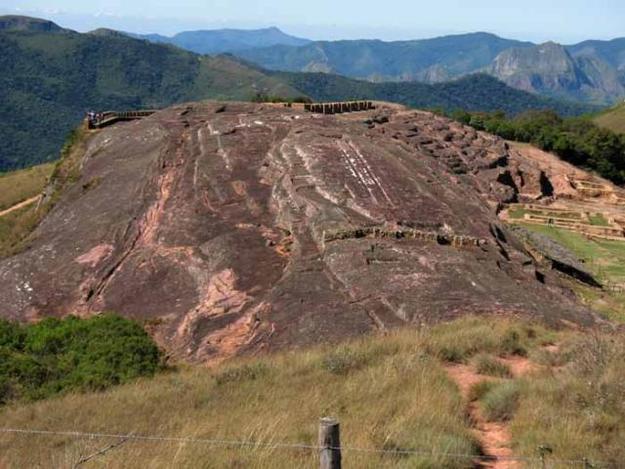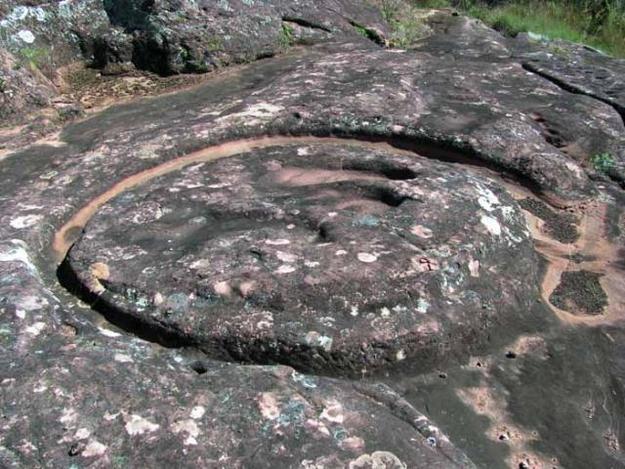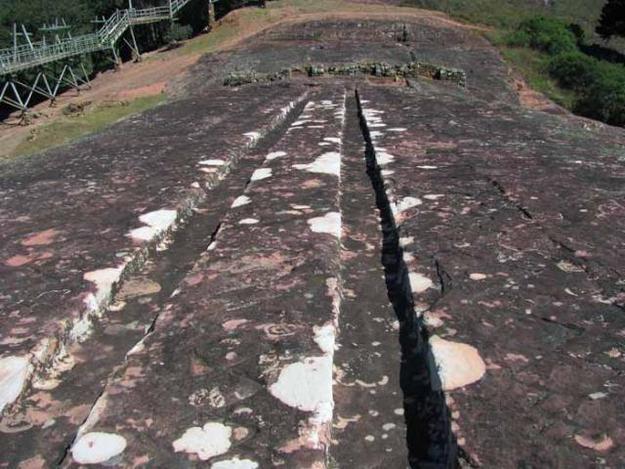El Fuerte de Samaipata
2012 World Monuments Watch
Located in the eastern foothills of the Bolivian Andes, the Fort of Samaipata originated in the Formative Period (2000 B.C.–400 A.D.) and bears the evidence of three significant and distinct cultures. The pre-Inca Chané people established the site for use in religious ceremonies and decorated the sandstone surfaces with zoomorphic and geometric carvings. Nearby one can find the ruins of an Inca city that date to the fifteenth century, along with the remains of Arab-Andalusian architecture from a Spanish settlement. The Spanish eventually abandoned the site to establish the present-day town of Samaipata in the nearby valley.
One of the most important archaeological sites in Bolivia and a World Heritage Site since 1998, El Fuerte de Samaipata has become a popular tourist destination. Every June it hosts El Lucero del Alba, an intercultural festival celebrating diversity and coexistence among the people of Bolivia including the Aymara, Quechua, Guarani, and others. The same participatory planning that enables thousands to gather for the festival is greatly needed for the long-term stewardship of the site. While pathways and other tourism infrastructure have been built there in the past two decades, limited human and financial resources have been an obstacle to the integrated planning and management of the remains. The physical degradation of the ruins is a persistent challenge as well, in part due to changing environmental conditions and a surge of biological growth on their sandstone surface. The site was included on the 2012 World Monuments Watch in order to raise awareness of its needs and to promote positive change.
Watch Day
Watch Day at El Fuerte de Samaipata consisted of a workshop during which Bolivian heritage experts discussed the stone conservation issues pertinent to the site.
Since the Watch
In November 2015 a new paved access road was completed at the site in order to facilitate tourism during the rainy season.



